Searching for Scotland's lost emigrant children shipped to Canada and beyond
They came from slums, poorhouses and families unable to give them the care they needed.
Now, fresh hope has been given to the relatives of the thousands of British Home Children shipped off to Canada between the 1860s and 1970s as a groundbreaking set of records on the fate of the children, some of who were never seen or heard from again, is published.
Advertisement
Hide AdAdvertisement
Hide AdIt is estimated that 15,000 Scots were among those who left for Canada as part of a programme which worked with charities such as Quarriers and Barnardo’s to free children from hardship and poverty and give them a fresh start , chiefly in rural Canada.
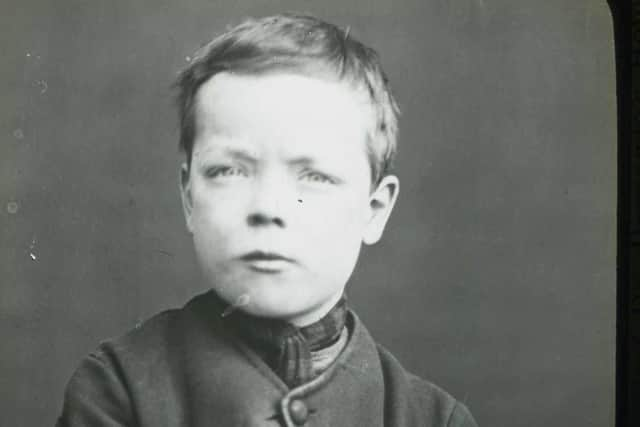

Some of their stories will now be contained in the collection of records, including papers from the National Archives, The British Library and Library and Archives Canada, and which has been published by historical records company Find My Past.
It is estimated that four million people in Canada are descended from British Home Children with relatives typically struggling to trace their loved ones given most records are held in private archives. Now, the papers are searchable by the public – and for free.
Sarah Bush, Findmypast Managing Director, said: “We’re extremely proud to launch this groundbreaking new collection, which will allow millions more people to uncover the stories of their forced migrant ancestors.
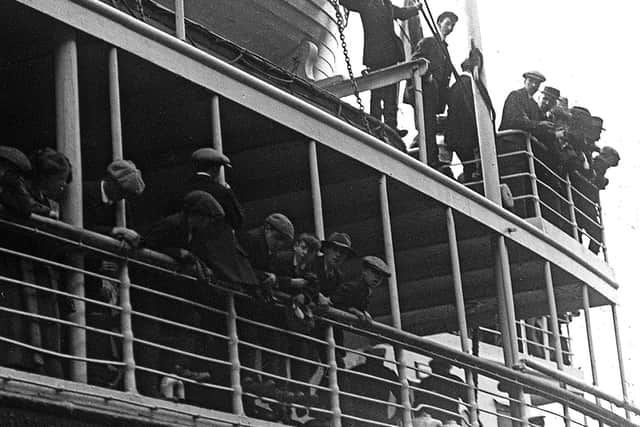

"It’s an incredibly poignant and complex part of our Commonwealth history, and these records will shed light on the lives and experiences of the British Home children, which have so often been overlooked or concealed.
“At Findmypast, we believe that every story matters, and we hope to offer renewed hope of discovering ancestors and even new connections to families across the globe – easily and completely for free.”
The Home Children movement was founded by Annie Parlance Macpherson, of Campsie, Stirlingshire, an evangelical Quaker who moved to London in the late 1860s and worked with those blighted by poverty in the East End.
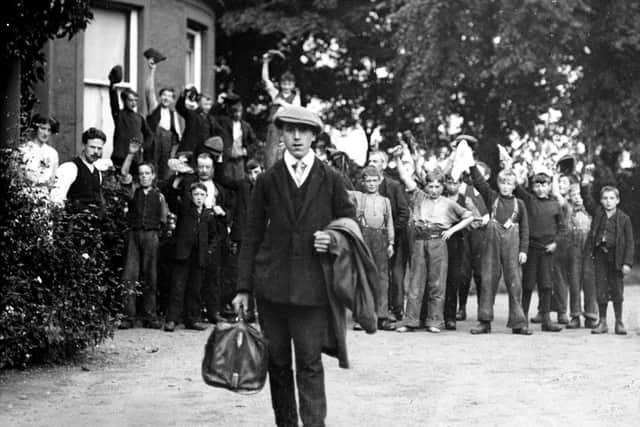

Later returning to Scotland, she became a key figure in the temperance movement and then set up the Emigration Home for Destitute Children in Lauriston Lane, Edinburgh, with arrangements later made with an early incarnation of the charity Quarriers to start transporting children to Canada.
Advertisement
Hide AdAdvertisement
Hide AdA newspaper cutting from 1878 describes a meeting in Glasgow attended by Ms MacPherson, Mr Quarrier – the founder of the Glasgow Homes for Orphan and Destitute Children – and Ms Bilborough of the Belleville Institution in Canada, which received many of the Scots children sent abroad.
The report said that within the past seven years, Mr Quarrier, with the support of Ms MacPherson, had “helped and rescued” around 500 children, with 313 sent to Canada.
The newspaper reported an address of Miss Bilborough to the meeting. The account said: “The boys sent across to Canada were very different from ordinary street children, but through the influence of the home, were intelligent and well-behaved. She gave graphic description of the voyage the little emigrants to their new home the beautiful banks of Lake Ontario, and their life there, till adopted and sent out into the world in country teeming with Scotch people, and tenacious of their Scottish tongue, where labour looked to, and where no questions are asked as to their previous history.”
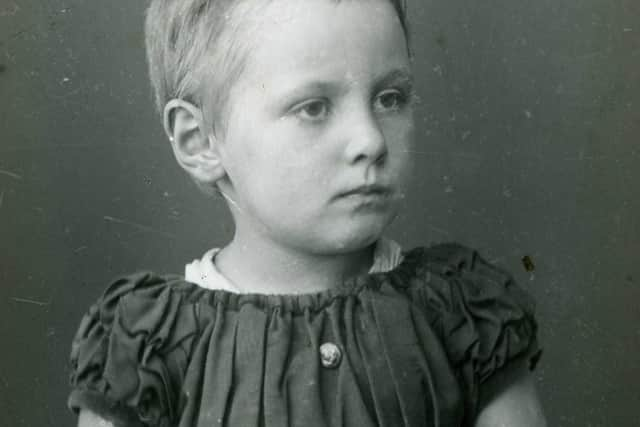

“They were thinking, she said, of taking out this year between 50 and 60 more children, and she hoped Mr Quarrier would accompany them and see the fruits of his labours in Canada.”
Around 130,000 children are known to have left the United Kingdom for countries across the Commonwealth under the British Home Children scheme. While most went to Canada, others arrived in Australia and New Zealand.
Only 12 per cent of these were true orphans, with many coming from charitable homes, workhouses or struggling families.
They were usually fostered into families when they reached their destinations and were put to work as unpaid domestic or farming labour.
Both the British and Canadian governments supported the programme and paid a grant- either $2 or $3 - for every child resettled. In addition, Canada paid bonuses to homes that provided large volumes of children.
Advertisement
Hide AdAdvertisement
Hide AdHowever, abuse was widespread in a system which offered little protection to the children and few investigations into the care they received from their foster families.
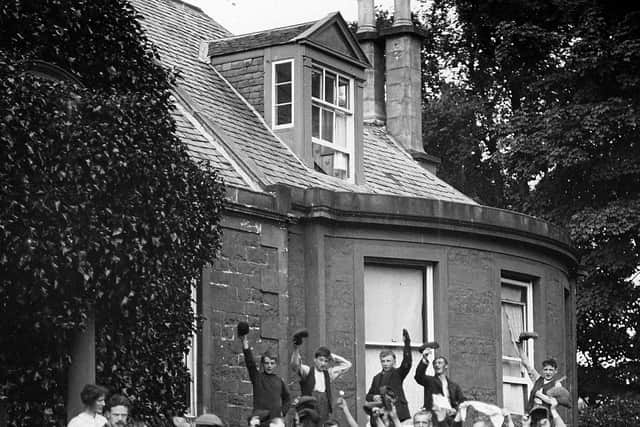

Many were relocated several times during their childhood, and often separated from their siblings.
In Canada, only a handful of the emigrant children are known to be still alive.
Scots who have told their stories include John Vallance, originally from Ayr, who arrived on a farm in Quebec in 1939 aged 13 after being housed with Barnardo’s following the death of his mother.
Mr Vallance, who later joined the Canadian Army, recalled a good life at his new home but had no contact with his brothers and sisters for 50 years. He was later reunited with relatives in Scotland.
Rachel Angus, born in 1875 in Largs, arrived in Quebec on 6 June 1882 with her twin brother. Both had been earlier dropped at an orphanage in Glasgow by their grandmother.
John Rolland, from Burntisland in Fife, was sent to Quarriers after his mother was forced to go into domestic service. Within a year, he was sent to work on a farm in Ontario with his mother’s protest was not enough to stop his passage.
In 2010, UK prime minister Gordon Brown apologised for the child migrant schemes to former British colonies. A year before, Australian prime minister Kevin Rudd offered a formal apology for its role. Pressure is now mounting for the Canadian government to follow suit, after a motion was passed in parliament in 2017 for an apology for their treatment of Home Children.